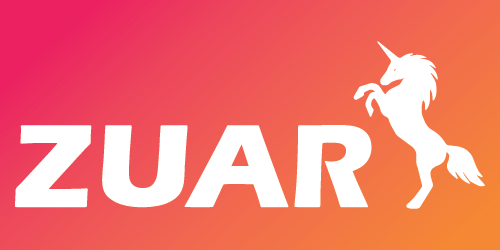Guide to White Label Reporting, Dashboards, Reporting & More
Learn how you can implement white label reporting for your organization to ensure brand consistency, boost client engagement, and gain a competitive edge.
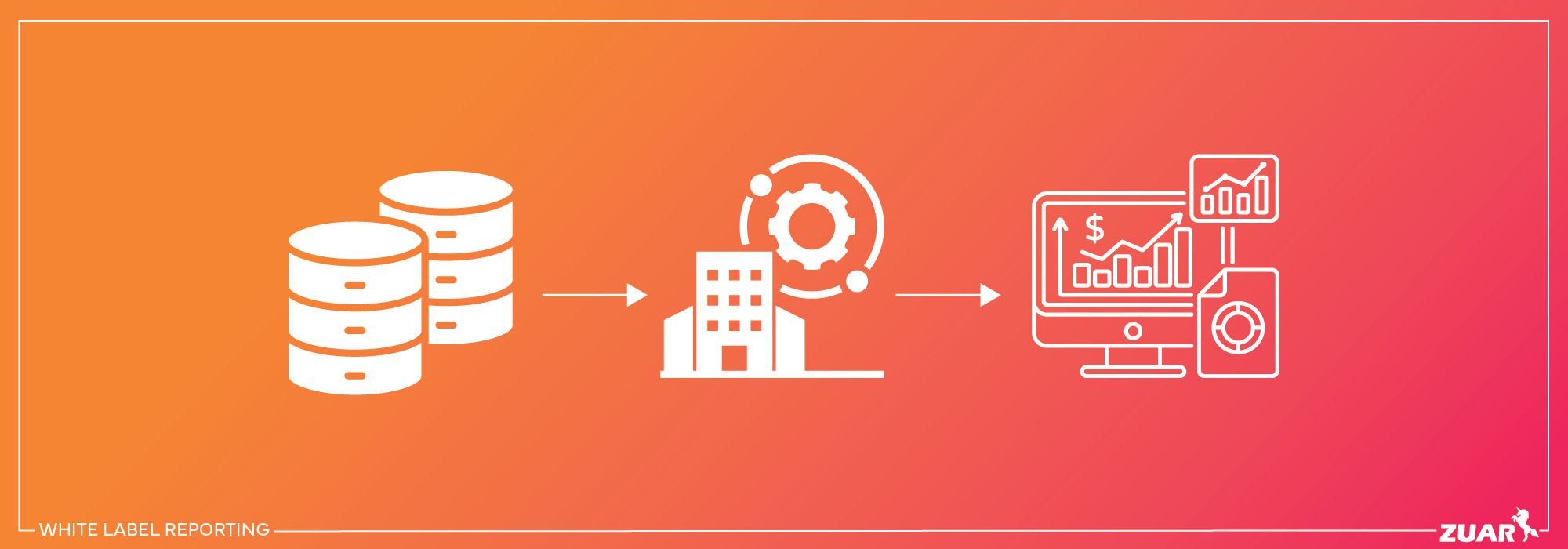
Overview
Today, data guides organizations through a highly competitive business environment and helps to ensure business success. But raw data alone isn’t meaningful.
It needs to be presented in a structured and systematic manner for organizations to deduce relevant insights and report back to their clients. That's where white label reporting comes in.
While manual reporting may not be too difficult when dealing with only a few clients, enterprises typically have hundreds of clients that require regular business reporting, making it challenging to keep all stakeholders well informed.
White label reporting (also referred to as white label analytics) enables organizations to automate data and analytics dashboards at the enterprise scale while ensuring reporting across all clients without the need to build their own analytics solution.
Zuar Portal is a prime example of a white label reporting platform that not only simplifies the process of sharing insights securely across various data sources but also enhances brand visibility and user experience.
This plug-and-play platform allows you to easily create branded client data portals in a matter of minutes. Learn more about Zuar Portal:


What Is White Label Reporting?
White label reporting is a service or solution that allows a company to present data and reports to its clients or end-users under its own branding and without any mention of the original software or service provider.
In other words, it enables businesses to customize and rebrand reports, dashboards, or analytics tools with their logos, color schemes, and company information.
White label reporting permits companies to disseminate data-driven insights to stakeholders, partners, or clients while maintaining their corporate identity. Reinforcing their professionalism and enhancing their brand image.
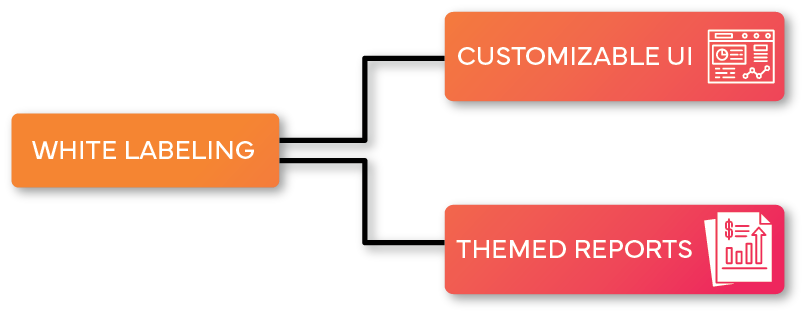
Branding and customization are the key differentiators between white label reporting and standard reporting.
With standard reporting, organizations often use pre-built templates or tools that may include the provider's logo and branding elements.
White label reporting, in contrast, provides a blank canvas, enabling companies to add their logo, color schemes, and design preferences. This makes it easier to create an engaging, seamless experience for users.
In order to illustrate the value of white label reporting, let's look at a real-world example. Positive Insights leveraged the Zuar Platform for the labor-intensive process of aggregating and preparing data from various client systems for Tableau analysis.
Zuar Runner automated data collection and preparation, seamlessly storing it in a PostgreSQL database.
With Zuar Portal, a white label reporting solution, they designed a branded client portal that tailored analytics and dashboard access according to Tableau permissions.
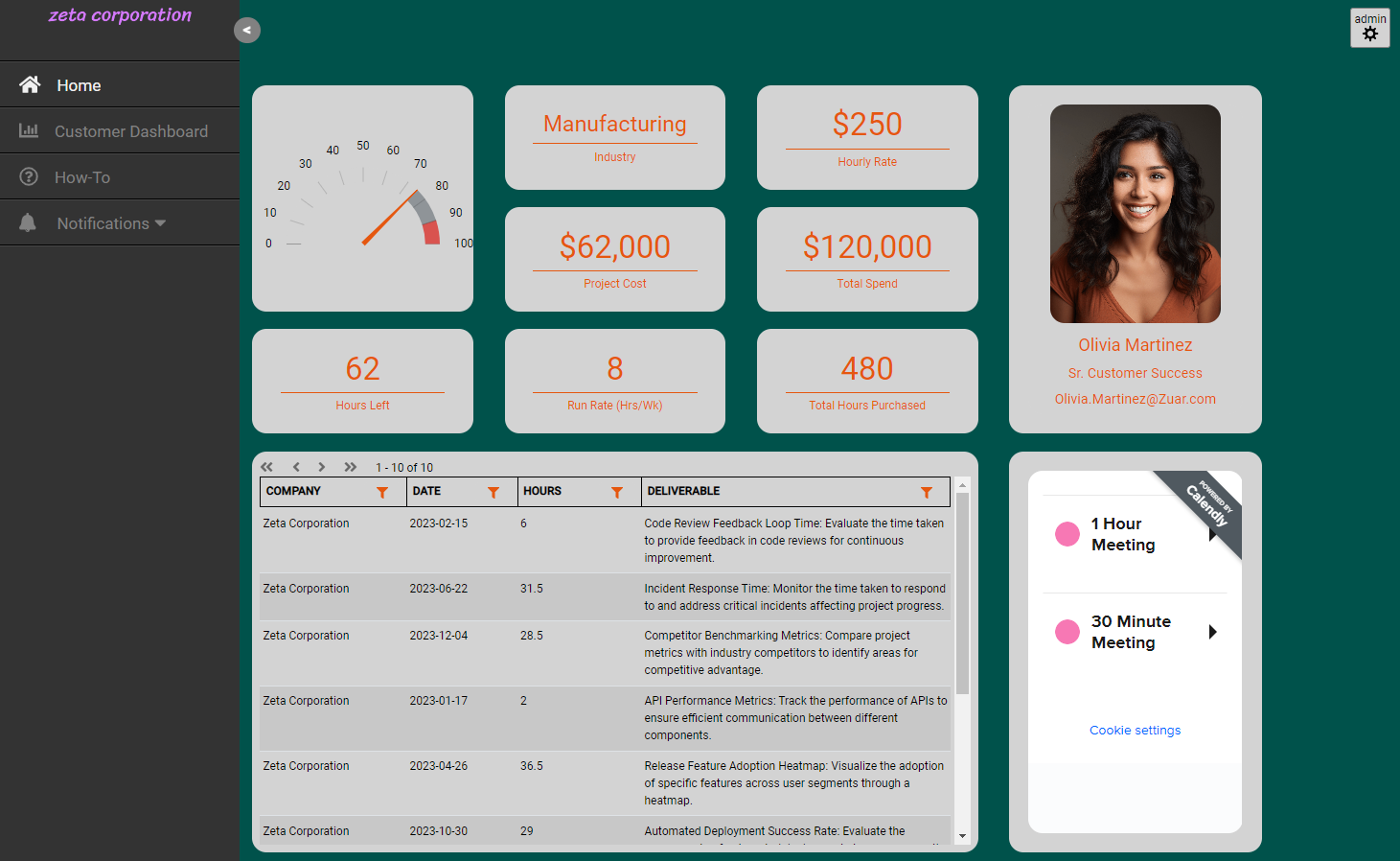
They currently have an amazing white label customer portal that leads the industry. This portal empowers confident, data-driven decision-making for both their team and clients.
Learn more about this case study...
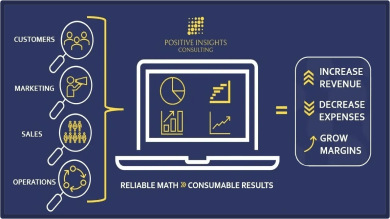

Key Features of White Label Reporting
White label reporting systems are often the secret sauce that empower companies to drive revenue with their data. These solutions come packed with some powerful features that can completely transform how you use and present data in your company.
Let's look at the main features that make white label reporting a valuable resource for modern businesses.
User-Friendly Interface
White label reporting tools prioritize user-friendliness, ensuring that even non-technical users can navigate and create reports and labeled dashboards effortlessly.
Imagine the possibilities that arise when every person in your organization can effortlessly access and leverage your valuable data insights.
Multi-Source Data Integration
White label reporting solutions excel in integrating data from multiple sources seamlessly.
They effortlessly pull data from multiple sources and blend it into a harmonious symphony. This gives you a 360-degree view of your business, giving you a holistic view of your operations. Say goodbye to data silos; it's all about the big picture now!
Automation and Scheduling
Efficiency is paramount, and white label reporting tools excel at this well, as they allow you to leave your analytics systems on autopilot. You can automate the entire data gathering, preparation, and reporting process.
In order to save time and provide timely access to important information, scheduling options allow reports to be prepared and distributed at predefined intervals.
Export and Sharing Options
With white label reporting systems, data can be easily exported in a variety of formats, including PDF, Excel, and more.
They also provide easy sharing options that let users securely share reports with their teams, which promotes transparency and collaboration.
Data Filtering and Segmentation
Data can be overwhelming, but white label reporting solutions come to the rescue with robust filtering features.
With the use of these tools, you can narrow your attention to the data subsets or criteria that are most important to you. It's like having a magnifying glass for your data, helping you uncover hidden insights and identify important trends that you may have otherwise overlooked.
Data Visualization Options
Numbers and spreadsheets are one thing, but effective data communication revolves around data visualization. Visualization capabilities in white label reporting systems range from graphs and charts to heat maps and geographic mapping.
Presenting complex information in a comprehensible format is much easier when conveyed through visual means.
Interactivity and Drill-Down Features
Users are empowered by interactive elements like clickable charts and drill-down options in white label reporting products. These innovative tools empower you to take the wheel and explore your data in-depth.
Incorporating these key features into white label reporting solutions gives organizations a powerful toolkit for transforming data into actionable insights.

Advantages of White Label Reporting
The following are some of the main benefits of white label reporting that can transform your business operations:
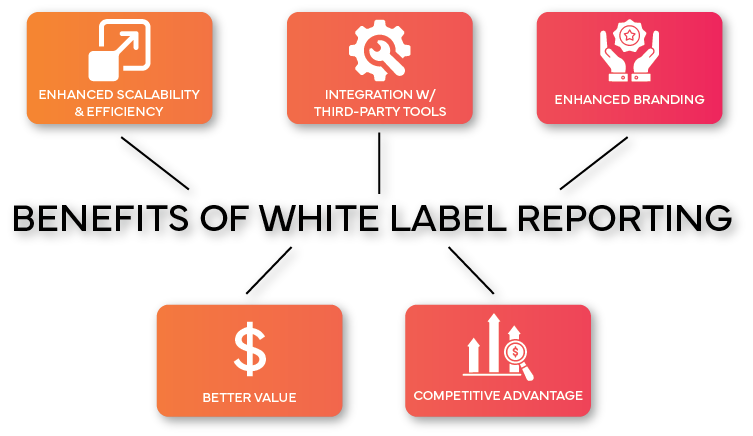
Enhanced Scalability and Efficiency
White label reporting solutions are made to scale with the growing data needs of your organization. With the easy report-generating process, white label solutions make it simple to scale your business operations.
Whether you need to create reports for a few clients or hundreds, this approach streamlines this task and reduces the time and effort required.
Easy Integration With Third-Party Tools
White label reporting tools are often built with integration in mind, and they can easily connect with third-party applications and data sources. This guarantees that the data displayed in your reports and dashboards is correct and updated.
The integration also supports a uniform data environment inside your firm and simplifies challenging data procedures.
Enhanced Branding and Professionalism
The capability of incorporating your business name into each white label dashboard and report is perhaps the most alluring benefit of white label reporting.
Customizable logos, color schemes, and branded email improve brand professionalism and help clients and stakeholders better understand the distinctive brand identity.
Better Value at a Lower Cost
Investing in white label reporting can offer significant cost savings compared to developing your reporting tools in-house or hiring external services.
You can reduce development costs and time by utilizing pre-existing tools and solutions from a third-party source. As a result, data reporting becomes more affordable without sacrificing quality.
Competitive Advantage
In the competitive business world, delivering a professional data experience can set your company apart.
White label reporting equips businesses with a powerful tool to offer clients a unique, tailored data interaction that enhances customer satisfaction and loyalty. It positions your organization as a trusted, data-savvy partner.

Branding White Label Reports
One of the core advantages of white label reporting is the ability to infuse your brand identity into every aspect of the reports and dashboards you share with clients, partners, or other stakeholders.
This branding not only enhances the professional image of your organization but also reinforces your unique identity. Let's explore the key elements you can customize to create a branded reporting experience.
Logo
Your logo serves as a visual anchor for your brand. According to Harvard Business Review, 64% of consumers identify shared values as the primary reason they have a relationship with a brand.
Placing your logo prominently on reports and dashboards reinforces your brand's values and mission. This ensures that every piece of data your audience interacts with carries your brand's visual identity.
Cover Pages
First impressions matter, and it takes roughly 50 milliseconds (0.05 seconds) for people to establish an opinion about your website/brand.
Customizable cover pages enable you to set the tone for your reports. You can incorporate your brand colors, logo, and a brief message that aligns with your company's mission and values. These cover pages provide a polished introduction to your reports, leaving a lasting impression.
Brand Color
Consistency in color schemes strengthens brand recognition. According to HubSpot, brand color increases brand awareness and recognition by up to 80%. Implementing your brand's color palette throughout reports and dashboards creates a visual harmony that reinforces your brand's essence.
Header and Footer
These sections offer prime real estate for branding. By including your company name, logo, and contact information in the header and footer, you maximize visibility and accessibility for users.
Custom Dashboard Domain
For a fully immersive experience, select white label reporting solutions can use a custom domain for labeled dashboard access. This enhances your online presence and allows users to interact with your data on a web address that reflects your brand's identity.
Branding reports and dashboards can transform them from generic data presentations into powerful tools that reinforce your brand's identity. This level of customization enhances professionalism and fosters trust and recognition among your audience.

Choosing the Right White Label Reporting Tool
Choosing the right tool for your organization's white label reporting needs is crucial as it can greatly impact data communication and branding initiatives.
Hence, you must consider a few variables that align with your particular needs in order to make an informed decision. Here are some important steps and criteria to help you find the right white label reporting tool.
Define Your Reporting Needs
Start by outlining your specific reporting needs and objectives. Identify the types of reports and dashboards you require, the level of customization necessary for your branding, and your target audience. A clear understanding of your needs will serve as the foundation for your decision-making process.
Security
Data security is paramount as a data breach in 2023 costs $4.45 million on average, per an IBM report. This is why it's important to ensure that your white label reporting tool adheres to robust security protocols.
Examine aspects including user access controls, encryption, and adherence to data protection laws, as protection of sensitive information is non-negotiable.
Interface Flexibility
The tool you choose should offer a user-friendly interface that promotes ease of use for your company’s wide range of users. A flexible interface empowers non-technical users to create, customize, and access reports and dashboards with minimal friction.
Scalability and Future Proofing
Consider the scalability of the tool; as when your organization evolves, so will your data requirements. And only a scalable tool will ensure that your investment remains adaptable to changing needs.
Support and Training
Effective resources for training and support are crucial for a successful deployment of the tool. Evaluate the level of customer support the tool's vendor provides and the availability of comprehensive training materials.
Integration Capabilities
Efficient data integration is crucial to the reporting process. The selected solution must smoothly interact with your current data sources and systems to enable data flow for accurate reporting.
Offering Quality Data
Beyond its technological offerings, the tool must have the ability to provide reliable, high-quality data. In order to guarantee that the reports and dashboards are based on reliable data, it should offer data cleansing and validation options.
You can confidently choose the right white label reporting tool by aligning these vital factors with your organization's requirements.

Implementing White Label Reporting
As we've outlined, white label reporting is a powerful tool that you can use to monetize your data and provide your customers with a unique, fully-branded analytics experience.
Zuar Portal is an ideal tool for this purpose. This solution allows you to provide your customers with robust dashboards and data visualizations, fully customized with your company's branding.
With Zuar Portal's simple drag-and-drop features, you can quickly build an entire analytics HQ that pulls analytics from multiple BI platforms (such as ThoughtSpot, Tableau, Power BI, etc.).
This tool can also be used internally to provide data insights to executives and employees, providing them with a one-stop shop for all their analytics needs.
If you want to learn more about our solutions and services, set up some time with one of our friendly data experts to start your white label reporting journey!
